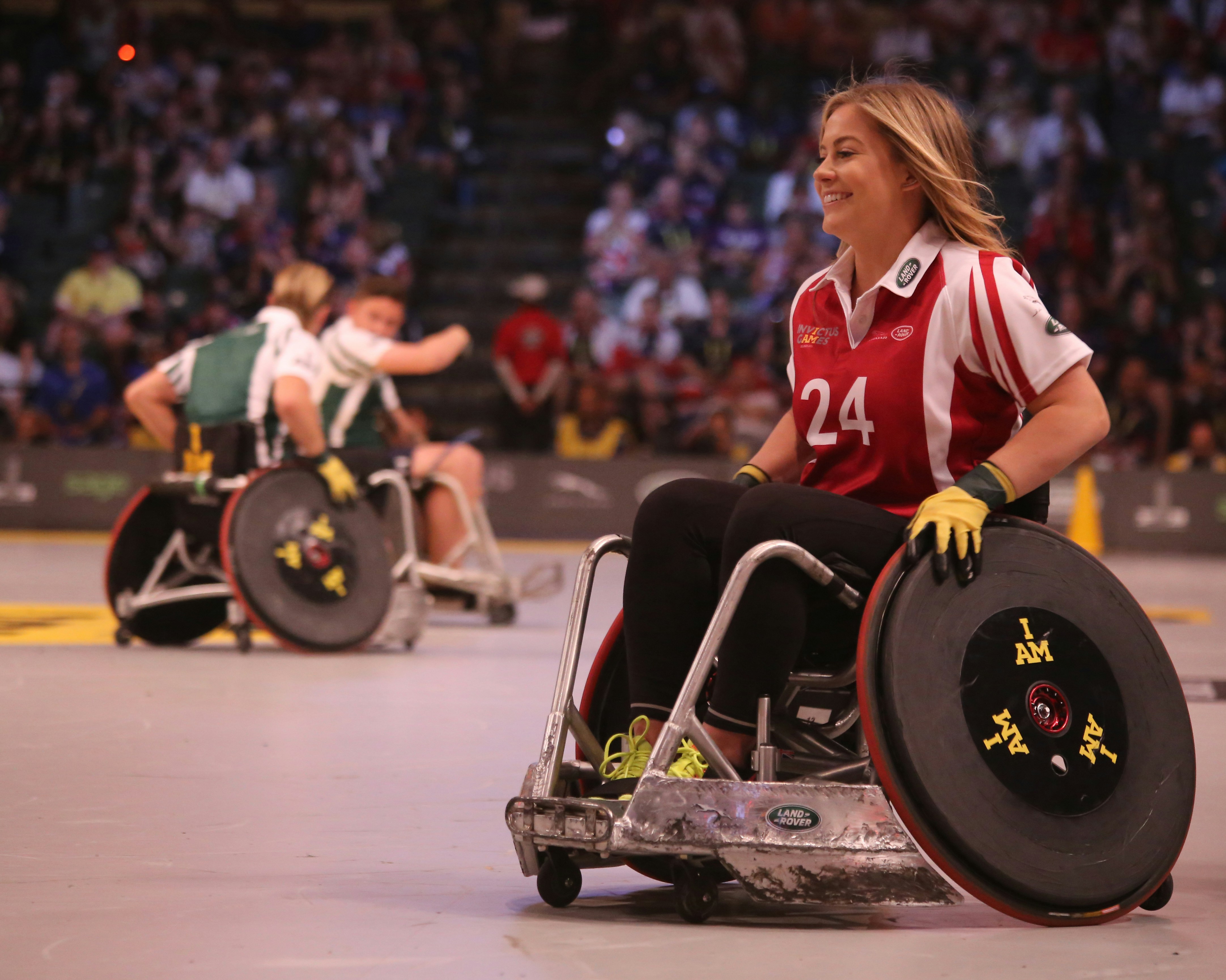"Bouncing Back to Health: The Science and Benefits of Rebounding Exercise"
When it comes to fitness and health, are we overlooking a simple yet highly effective exercise? Rebounding, or trampoline training, has been touted as a fun and efficient way to boost our health. But what does the science say? Let's bounce into this topic and uncover the health benefits of this low-impact exercise.

Back to the Basics: What is Rebounding?
Rebounding is a form of aerobic exercise performed on a mini trampoline or rebounder. The practice dates back to the 19th century when trampolines were used for acrobatics and circus acts. However, it wasn’t until the 1930s that the health benefits of rebounding became apparent when physical therapists began using it as a rehabilitation tool for injured athletes. Over time, rebounding has evolved into a popular fitness method, thanks to its fun nature and numerous health benefits.
Jumping into the Science: The Health Benefits of Rebounding
Research supports the health benefits of rebounding. A NASA study published in the Journal of Applied Physiology found rebounding to be 68% more efficient than jogging, offering a full-body workout that strengthens every cell in the body. Other benefits include increased bone density, improved lymphatic function, enhanced cardiovascular health, and better balance and coordination.
A Leap of Faith: The Challenges and Credibility of Rebounding
Despite the numerous health benefits, rebounding is not without its challenges. It requires balance, coordination, and discipline. Moreover, like any exercise, it carries the risk of injury if not performed properly. However, when practiced correctly and regularly, the health benefits of rebounding far outweigh its challenges. The credibility of rebounding as a beneficial exercise is backed by various scientific studies and medical professionals worldwide.
Separating Fact from Fiction: Debunking Rebounding Myths
Despite the scientific backing, several myths surround rebounding. Here, we debunk some of the most common misconceptions.
-
Rebounding is only for kids: While children certainly enjoy rebounding, it’s a beneficial exercise for people of all ages.
-
Rebounding is dangerous: Like any exercise, proper form and safety precautions are essential. With the right equipment and technique, rebounding can be a safe and effective workout.
-
Rebounding is not a ‘serious’ exercise: Contrary to this belief, a NASA study found rebounding to be an effective and efficient form of exercise.
Quick Tips for a Successful Rebound
-
Start slow and gradually increase the intensity.
-
Maintain proper form to prevent injury.
-
Consider working with a trainer to learn the correct techniques.
-
Ensure you have a high-quality rebounder for a safe and effective workout.
The health benefits of rebounding are far-reaching, ranging from physical fitness to mental well-being. As we continue to explore and understand the science behind this fun and effective exercise, we encourage everyone to take a leap of faith and experience the joy and benefits of rebounding. After all, why should kids have all the fun? It’s time we all started bouncing back to health!




